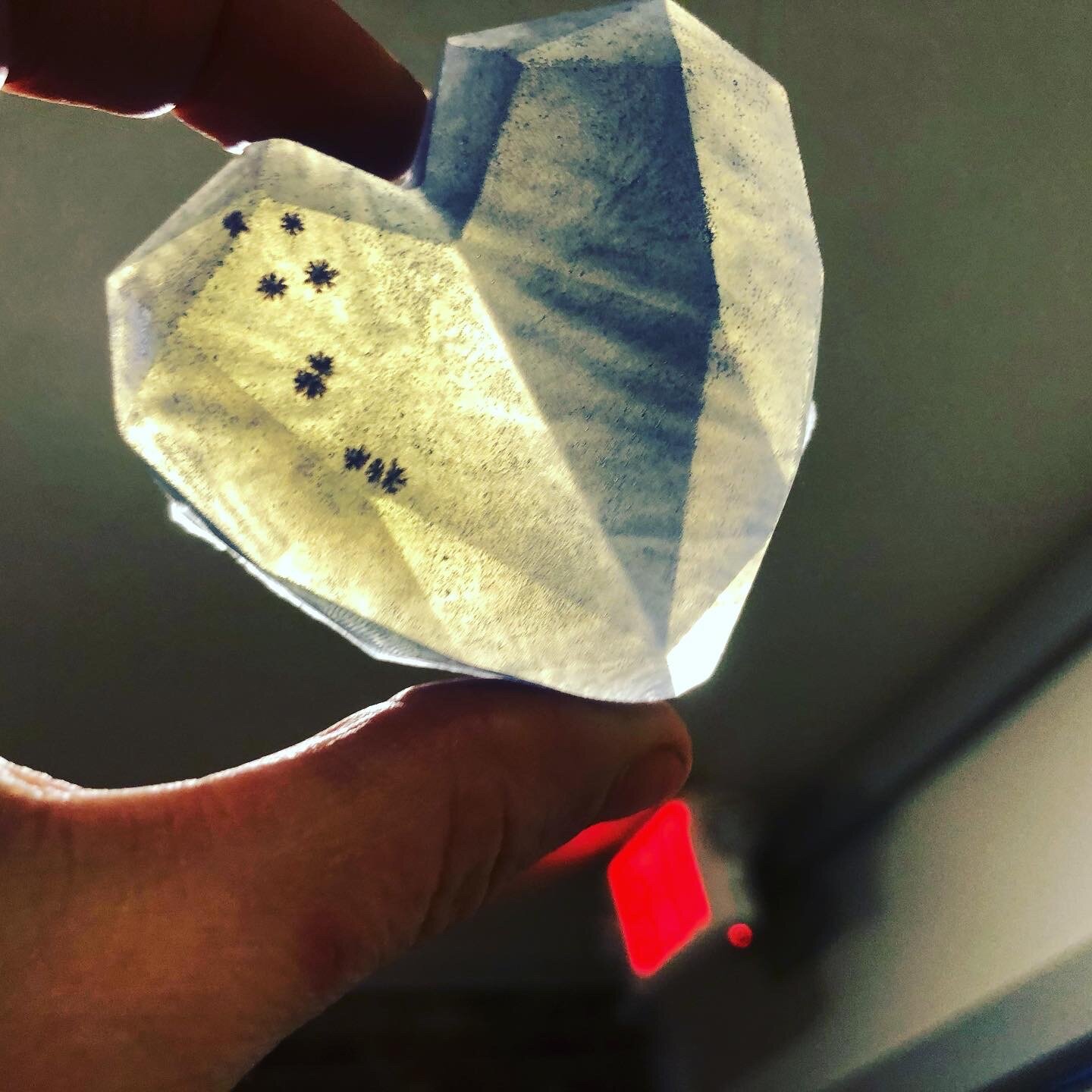One of the most common questions that I get is about the different sorts of soap; melt & pour, cold process, and hot process.
Yuzu Melt & Pour Soap. Make at home! Kits available from Paper Street Soap for $55.
Melt & Pour soap is commercially produced. It can vary greatly in how gentle and “natural” it is, depending on the recipe and methods used by the manufacturer. It may be a true soap (made with lye and lipids), a detergent (not produced with oils/fats but is a highly processed surfactant), or a combination of both.
These soaps are formulated to melt at a certain point, and commonly will have additives to aid in melting, texture, and performance. Upon firming back up, they are immediately ready for use, unlike traditional soap.
Melt and Pour is great for making unique designs. However, the nature of melt and pour attracts water, making this soap sticky in high humidity. It is possible for a melt and pour to attract enough water that it disintegrates over time.
Cold Process Musgrove Imperial Stout Beer Soap
True soap is made from a chemical reaction between lipids and lye water and can be created through cold or hot process. Cold process mixes the lye and lipids and allows the soap to process over the next few days in a mold.
Cold process soaps are safe to use within a few days, but need anywhere from 1 week to 4 weeks to harden. Some unique recipes may take several months, like our spin swirl designs.
Hot Process Resurrection Stout Beer Soap
During hot process, soaps are left to cook for several hours, speeding up the saponification (soap making) process. Hot process soaps are safe to use right away.
As you can see, the textures of cold and hot process are quite different. Cold process tends to be hard and smooth, where hot process may have a spongier appearance and feel. However, if left to cure for long enough, hot process will become just as firm and long lasting as cold process soaps.
The quality of any form of soap is up to the creator.
A poor recipe for melt and pour will stick in molds, melt weird, create glycerin crystals, melt while sitting in a warm/humid room, etc. A poor recipe for a true soap may also melt, have chunks of unprocessed oils, or even have too much or too little lye creating gritty or irritating soap.
Some people express concern over using a true soap, out of worry that there will be lye left in the final bar. Only the most inexperienced soaper will make this mistake. Soapers leave on average 5% of their oils unprocessed, meaning that even after all of the lye has processed there are still moisturizing oils left behind.
Clarified Champagne Soap. We clarify our bars after using the hot process method, but you can clarify a fully saponified cold process soap.
Experienced soapers will work with a larger ratio of lye to lipids for very specific recipes and are practiced in the precision that it takes to create a quality bar. Our clarified bars are almost entirely saponified lipids to make the bar as clear as possible.



